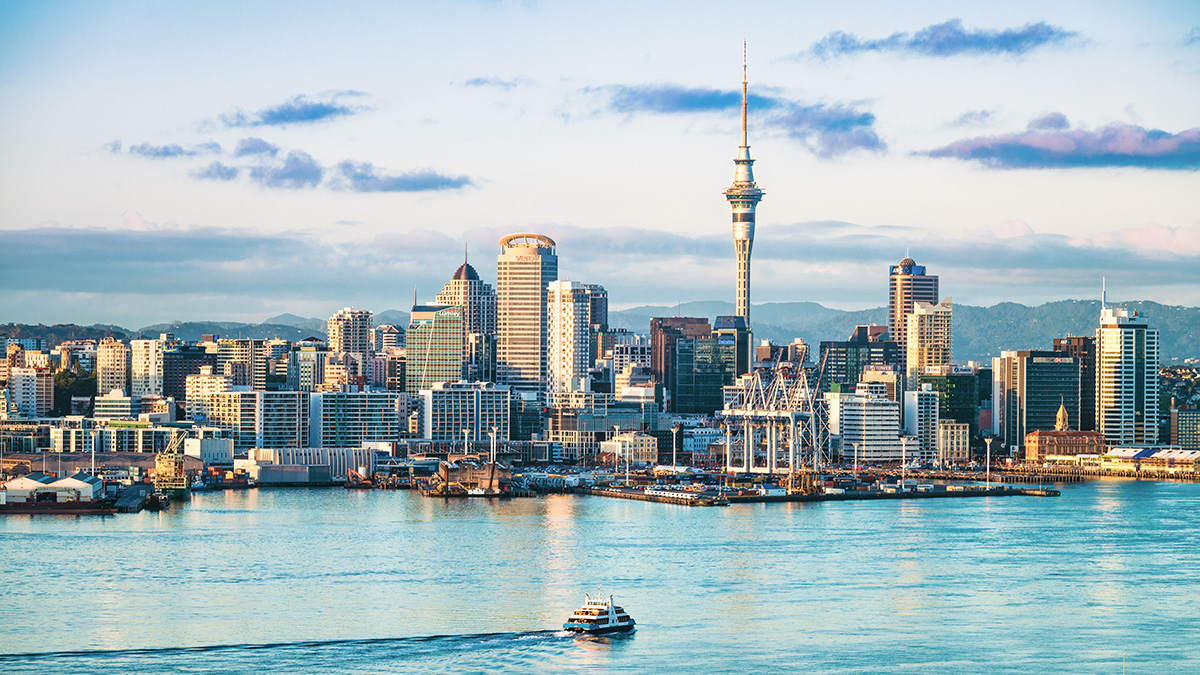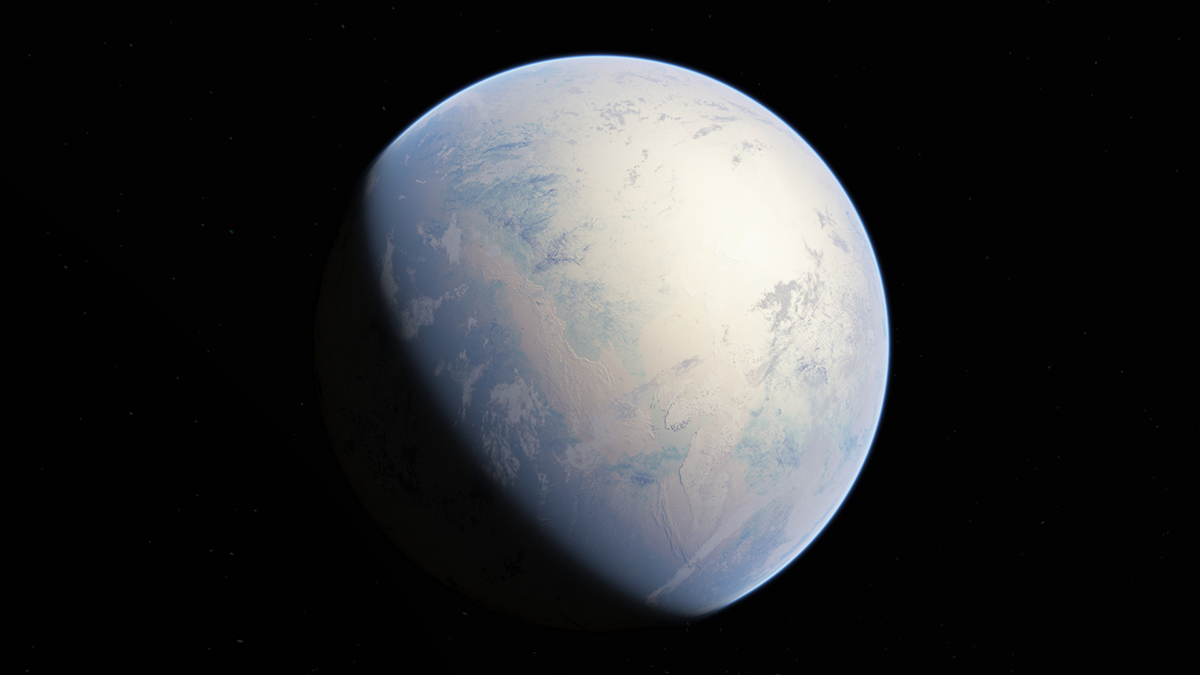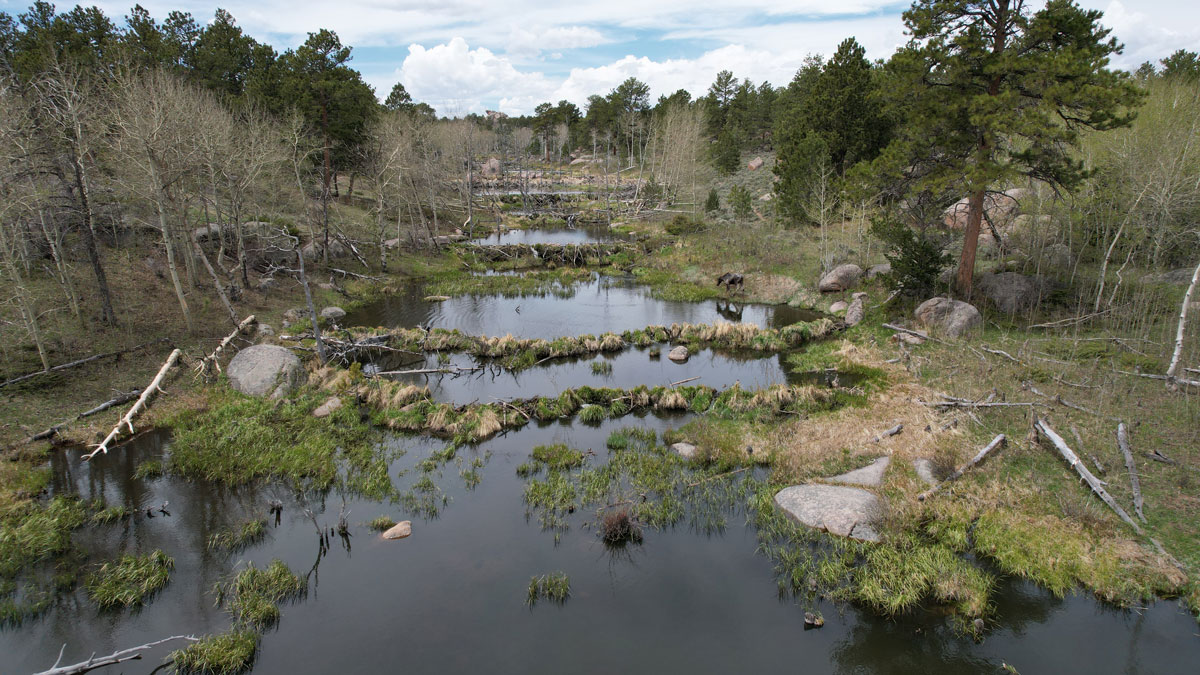It’s hard to predict with certainty how drugs break down once they enter waterways. In a new study, scientists devised a way to do just that.
Health & Ecosystems
Selectively Logged Forests Are Not Broken
Borneo’s logged forests are buzzing with life and have unrealized conservation potential.
Potentially Good News for Solar Energy During Wildfires
A preliminary analysis suggests that the impact of smoke blocking the Sun during 2020’s megafires was minimal for the nation’s solar panels.
Even at the Bottom of the World, the Ocean Is Belching Plastic
Plastic fills the air above Auckland, New Zealand.
How Animals May Have Conquered Snowball Earth
We know there were animals during Earth’s chilliest era. The question is, What did they look like?
Scientists EEAGER-ly Track Beavers Across Western United States
Efficiently tracking nature’s engineers—beavers—at the scale of entire watersheds over time is now possible, thanks to a new artificial intelligence–trained model called EEAGER.
Far-Flung Forces Caused the 2021 Pacific Northwest Heat Wave
Air from thousands of kilometers away spiraled down to drape the Pacific Northwest in blistering heat.
A Forest, for the Trees
Arrays of technologies and innovative research are helping scientists better understand forests, fires, and the future of our shared landscape.
Last Tree Standing
Refugia repopulate forests after fires, but climate change is making these woodlands increasingly unpredictable.
Satellite Data Reveal Uptick in Cover Cropping on Farms
Over the course of a decade, farmers growing corn and soybeans in the U.S. Midwest increased their adoption of cover cropping—a tenet of so-called conservation agriculture—by fourfold.










